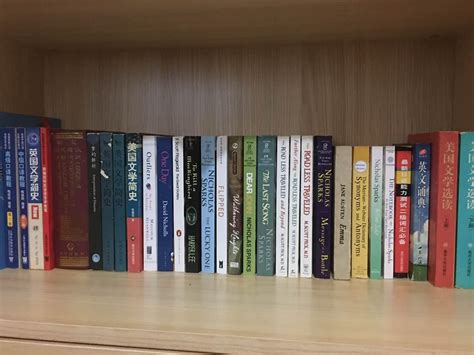Title: Translating Blade Novels into English
Translating blade novels from one language to another, especially into English, requires a delicate balance of linguistic accuracy, cultural sensitivity, and literary finesse. Below, I'll outline a comprehensive guide to effectively translating blade novels into English.
Understanding the Genre:
Blade novels, often rooted in Chinese martial arts culture, embody a unique blend of action, philosophy, and historical elements. Translators must grasp the nuances of this genre to convey its essence faithfully to Englishspeaking audiences.
Linguistic Considerations:
1.
Accuracy
: Maintaining fidelity to the original text is paramount. Translators should strive for precise translations that capture the author's tone, style, and intended meaning.
2.
Idioms and Cultural References
: Blade novels frequently incorporate idiomatic expressions and cultural references specific to Chinese culture. Translators must find equivalent English idioms or provide cultural footnotes to ensure clarity without sacrificing authenticity.
3.
Naming Conventions
: Chinese names often carry significant meaning or cultural connotations. Translators should retain the original names whenever possible, supplementing with explanations or transliterations if necessary.
Cultural Sensitivity:
1.
Respect for Tradition
: Blade novels often reflect traditional Chinese values, such as honor, loyalty, and filial piety. Translators must respect these cultural elements and convey them sensitively to English readers.
2.
Avoiding Stereotypes
: While cultural differences should be acknowledged, translators must avoid reinforcing stereotypes or exoticizing Chinese culture. Authenticity should not come at the expense of perpetuating harmful tropes.
3.
Consultation and Research
: Engaging with native speakers, cultural experts, and conducting thorough research can help translators navigate cultural nuances and ensure accuracy.
Literary Finesse:
1.
Capturing Atmosphere
: Blade novels evoke vivid imagery and immersive atmospheres. Translators should employ evocative language and descriptive prose to recreate these sensations in English.
2.
Dialogue and Characterization
: Characters in blade novels often have distinct speech patterns and personalities. Translators must preserve these nuances to maintain authenticity and bring characters to life for English readers.
3.
Narrative Flow
: Translating action sequences and intricate plot developments requires careful attention to pacing and suspense. Translators should strive to maintain the momentum and tension of the original text.
Editing and Revision:

1.
Multiple Drafts
: Translating blade novels is an iterative process. Translators should produce multiple drafts, refining each version to enhance clarity, coherence, and fidelity to the original.
2.
Peer Review
: Seeking feedback from fellow translators or native English speakers can provide valuable insights and perspectives, helping to identify areas for improvement and ensuring the quality of the final translation.
3.
Professional Editing
: Engaging the services of professional editors, particularly those with experience in literary translation, can elevate the quality of the translation and polish the prose for publication.
In conclusion, translating blade novels into English requires a nuanced approach that balances linguistic accuracy, cultural sensitivity, and literary finesse. By adhering to these principles and embracing the challenges of crosscultural communication, translators can effectively convey the richness and depth of this captivating genre to Englishspeaking audiences.
文章已关闭评论!
